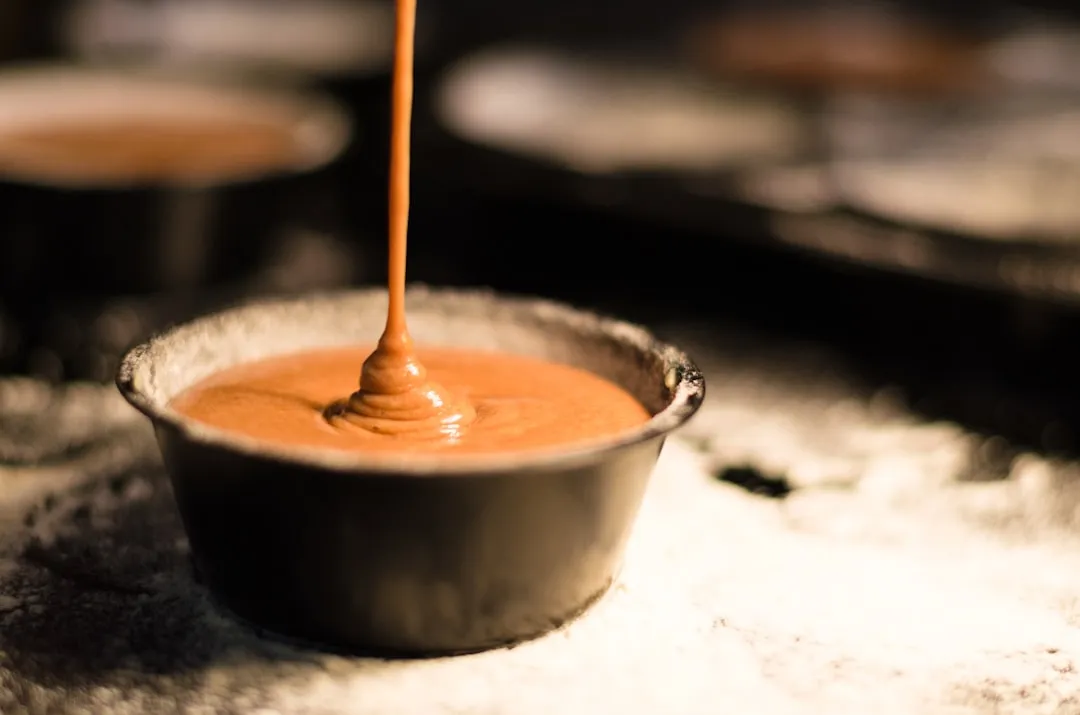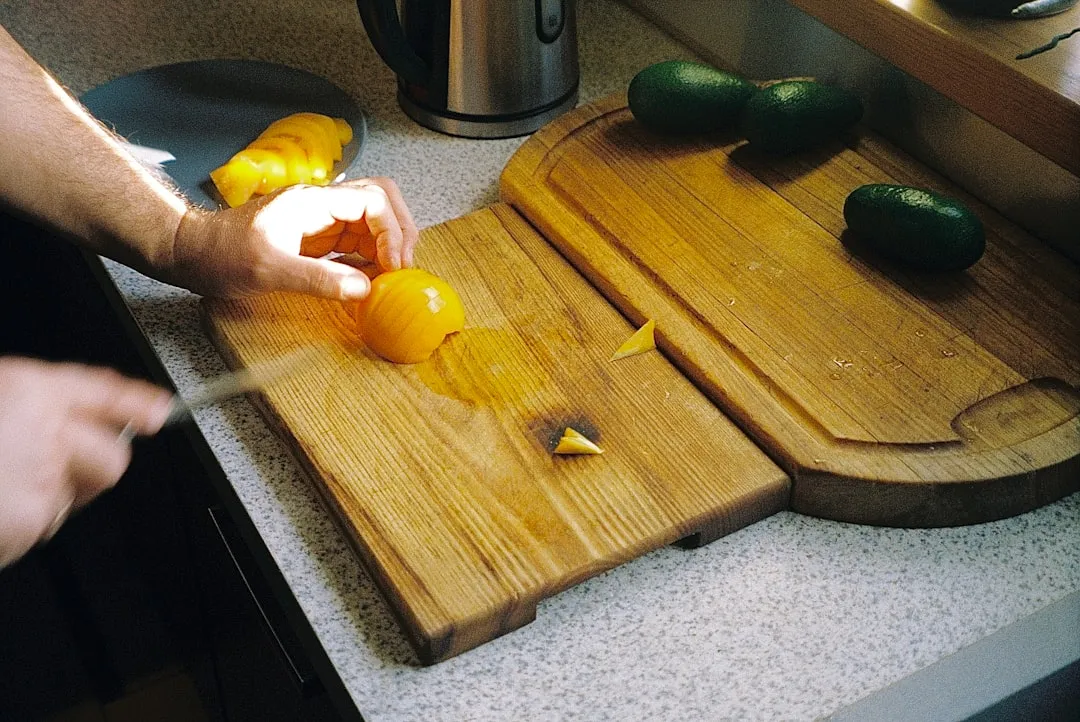Living on a budget often means compromising what you want for what you need—or at least, for what's affordable. But that doesn't necessarily mean you have to compromise on flavor, especially if you know the right tips and tricks to make something spectacular out of the ordinary.
That's exactly what salt and the right amount of time will do for your cheaper cuts of steak: turn them into buttery, juicy slabs of meat that taste more like high-priced cuts.
A note before we get down into the nitty-gritty of this (extremely easy) method: this is not salt curing, which preserves meat for long stretches of time by exposing meat to salt and nitrites over a prolonged period. What we're doing instead is tenderizing the meat by marinating the steak in salt before cooking it over heat.
How to Tenderize Your Cheap Steak with Salt
Jack Scalfani of the YouTube Cooking with Jack Show demonstrates how any piece and cut of steak can become as high-quality as filet mignon. All you need is salt and about an hour or two, depending on the steak's thickness.
Place your (cheap) steak on a baking sheet or in a pan and coat its entire top surface with salt. Yes, you heard that right—bury the entire slab of meat in salt. Make sure you're using a coarse grain, such as coarse sea salt or kosher salt. Table salt cannot be substituted; due to its fine grain size, it dissolves and is absorbed too quickly into the meat and over-salts the steak.
Now it's time to let the meat marinate. Leave the salted steak untouched and at room temperature, basing the length of your marinade on the thickness of your cut. Each inch in thickness equates to one hour of letting it sit: if your steak is two inches thick, you'll want it to marinate for two hours, and so on.
When time is up, rinse your steak very thoroughly, washing off all of the visible salt on the surface. As the salt sloughs off, you should see and feel tenderness in the meat. Additionally, the color of the meat will be slightly darker than before—very similar to an aged cut.
After rinsing, pat your steak dry with paper towels. Don't skip this step: if the surface of the steak isn't dry, you'll be steaming your meat instead of heating the steak surface directly.
Lastly, grill or cook your steak to the doneness you desire—of course, skip the salting step you would normally incorporate in your cooking method. The resulting steak will be tender, flavorful, and oh-so-juicy.
Why Salt Works So Well on Steak
According to this quoted explanation from On Food and Cooking, when salt is added well ahead of cooking time it dissolves the muscle fibers by forcing protein-based filaments to swell and separate. These denatured muscle fibers then trap the fat molecules and now-brined juice of the steak.
Since low-priced cuts of meat feature more tough tendons and muscle fibers than the prime, more expensive cuts, salting them in advance both tenderizes and improves its consistency and flavor.
If you'd like a more in-depth and step-by-step diagram of this chemical process, Jaden of Steamy Kitchen has an excellent and funny explanation that I recommend.
How Well Did This Trick Work for You?
Steak, especially high-quality cuts like filet mignon, are known for being both expensive and exclusively for higher budgets. But thanks to coarse salt, the cheapest of cuts can still result in a delicious and tender piece of steak. (If you're not a big salt fan, you can use kiwi, papaya, or pineapple instead of salt.)
Have you tried this trick out on your steak? What cut did you use? How well did it work? Let us know below!
More Steak Hacks to Sink Your Teeth Into:
- How to Cut a Cooked Steak the Right Way
- How to Cook a Perfect Steak Without a Thermometer
- Perfectly Cooked Steaks Require More Than One Flip & Here's Why
- The One Thing You're Not Doing for Perfect Steaks & Roasts
- Three Cheap Meat Cuts That You Need to Utilize
Cover image by The Park Wife/Taste Arkansas




























Comments
Be the first, drop a comment!